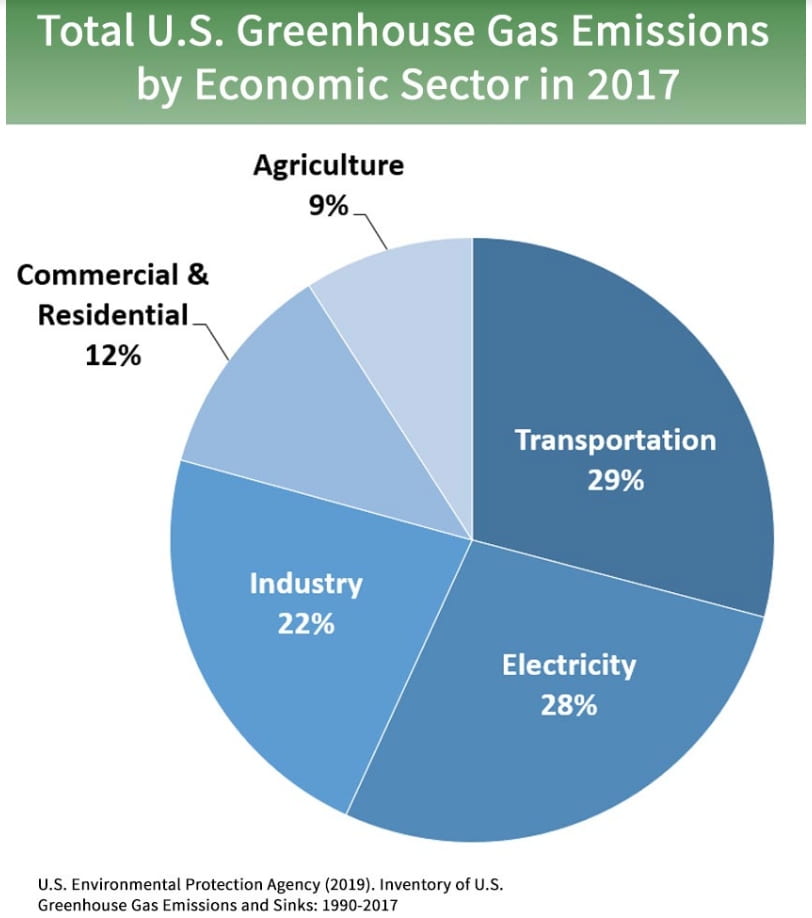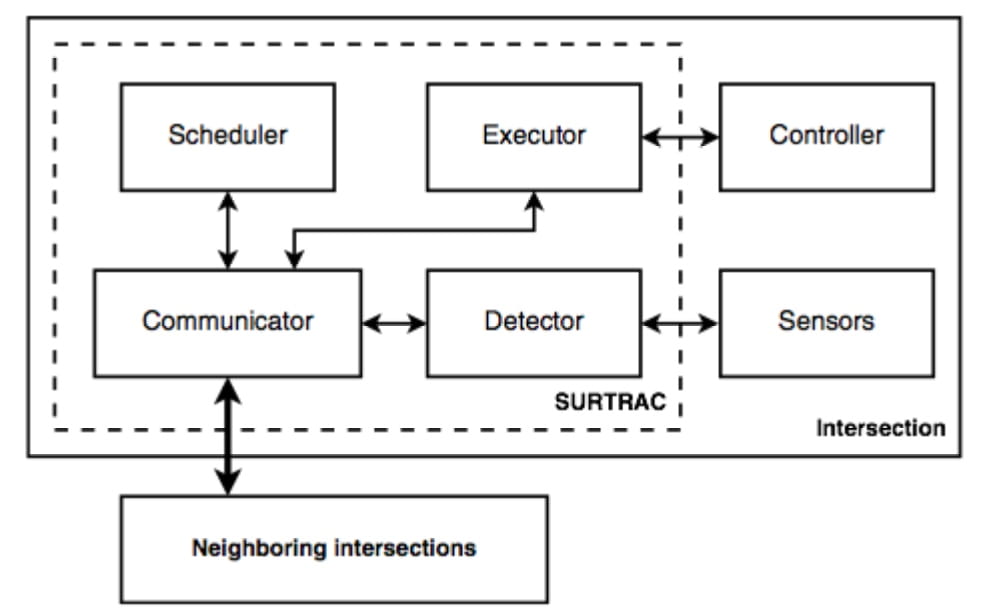This is a guest post by Carmen Camp. See Carmen’s bio at the bottom of this post
Wildbook is an open source software platform devoted to tracking animals in the wild and decreasing the chances of extinction in different species. The software itself, WildMe, is publicly available on GitHub to encourage people to join the movement in protecting wildlife. Much of the success of the program relies on citizen science and interaction, and the system itself utilizes artificial intelligence to identify animals and other environmental features from photographs. A unique advantage of using photos for identification purposes is that when an individual animal is encountered in the wild, today’s digital cameras are able to capture a large number of high quality photographs before the encounter is over. These photos may then be used to further improve animal identification by using machine learning software that is available through Wildbook.
Wildbook processes photos from research teams, social media, and citizens alike. Wildbook uses deep convolutional neural networks to analyze a photograph, and identify animals, plants, and other objects contained within the scene. The system’s pattern matching algorithms are also capable of identifying unique individuals that are known to research teams. This gives scientists important opportunities to track individuals, as well as populations, and social interactions of the animals.
Early Work with Whale Sharks
The purpose of Wildbook is to be an open-source platform that enables different research teams to perform photo identification with limited manual labor. Since its beginnings, Wildbook has been used by many projects, one of the first of which was a 2005 project to study whale sharks. The photo identification software was based on software to identify constellations (Arzoumanian et al., 2005). Once adapted, the software enabled researchers to identify whale sharks from their size and shape, as well as their spot patterns. Spot coordinates are represented in XML and either match known individuals, or are used to identify previously unrecorded individuals.
A later study in 2008 also used a whale shark database along with the lab’s mark-recapture methods to better understand the survival rates of whale sharks in Western Australia (Holmberg et al., 2008). The 2005 and 2008 studies, and others, have led to a “Wildbook for Whale Sharks” organization that is dedicated primarily to keeping track of whale sharks around the world. The organization’s website has a featured link that allows users to “Report your sightings,” which requests input about the user, the sighting, its date and location, and whatever footage or photos the user captured of the whale sharks.
Improvements in the Wildbook for Whale Sharks software has spread coverage of whale sharks from Western Australian populations, to the Philippines, to the Western Atlantic Ocean. While some studies focus on geographic areas and the distribution of the animals (Araujo et al., 2016), others track specific animals (Norman and Morgan, 2016). Still other projects track social groups and seasonal migrations of different populations, like the 2013 study on sharks in the Gulf of Mexico and the Caribbean Sea (Hueter et al., 2013).
Extending Wildbook to other Species
Not only can an organization for an individual species like whale sharks use Widbook, but citizens and scientists alike can participate in the research by providing photographic evidence of many types of animals. Manta Matcher is another example of programs that have been able to form because of the capabilities offered by Wildbook. Its website has a nearly identical setup to Wildbook for Whale Sharks, and it provides easy access to a page through which users can submit data and photographs they collected. Flukebook is yet another option for photo identification that is, as its name might suggest, an identifying software for the flukes of whales. Each of these programs that are directly related to Wildbook offer resources that in turn are used by many scientific organizations. For example, the Dominica Sperm Whale Project uses Flukebook to keep track of individuals in the island’s surrounding waters. Shane Gero, a scientist from the project, is quoted on WildMe’s website, saying, “PhotoID as a tool for conservation and research finds power in numbers and international, inter-institutional collaboration,” indicating that a globally collaborative platform like Wildbook is exactly what the scientific world needs to get answers and solve problems.
Some programs use Wildbook to find individual known animals, rather than categorizing creatures as one species or another. In 2013, an algorithm was introduced called HotSpotter, which used pattern matching methods to identify unique sections on photographed animals. Thus, HotSpotter became a versatile option for identifying multiple types of animals, as well as individuals within the same species. HotSpotter focuses on identifying key points on animals in the frame of the photograph, and it then uses a nearest-neighbor search to compare the new photo with pre-existing records in the database of individual animals. To train and test the system, it was run on photos from scientists, assistants, ecotourists, and ordinary citizens. The software has been successfully used on many creatures, including two types of zebras, giraffes, leopards, and lionfish (Crall et al., 2013).
Citizen Scientists and Wildbook
Every example of Wildbook usage for external research highlights the importance of citizen interactions that make the research possible. Machine learning schemes and artificial intelligence typically require large amounts of data with which to be trained, and in order to test the algorithms, completely fresh, non-repeated data files must be used. This means that in order for an algorithm to be effective and accurate, it must have a huge source of data files, which in this case are photographs. Thus, citizens’ and the public’s interactions with projects like Wildbook are essential to success. This necessity for external input is evident in many related pieces of research, such as a 2017 case study on Twitter. This study discusses the crucial role that everyday members of the public play in data collection. In this study, the researchers wanted to train a machine learning algorithm to identify emotions in tweets on Twitter. The people on the research team, however, could not manually provide enough examples and training data to have a fully functioning algorithm. It simply would take far too long to be worthwhile. Using citizen scientists, however, the team was able to gather enough data to get their algorithm running accurately in a reasonable amount of time (Sastry et al., 2017).
Not only is advancing technology providing more opportunities for the public to get involved with research, but it is also offering new and more accessible ways of participating in different projects. Take, for example, the Humane Society, which asks citizens to submit information about roadkill they come across online. The National Audubon Society also has a program for volunteers to count and monitor birds for an annual census. Programs such as these, as well as Wildbook spinoffs, allow citizen scientists to submit vital information through the internet or applications. Evolving technology has placed the ability to submit such data directly in our hands through mobile phones and other devices, and the internet offers places to submit data, as well as aids to citizens in finding causes and projects with which they can help.
WildMe’s website divides citizen scientists into four distinct groups that are categorized by the role the citizens play in research. The first group are denoted as “scientists.” These citizens are incredibly engaged in the research, and they focus their efforts on analyzing data and determining its meaning. Second are the “evangelists,” who are devoted to outreach and explaining the research project to the public. They play an important role in motivating more people to join them in the effort, as well as building communities that support the research. The next role is “the technologist,” which further emphasizes the significance of technological advancements. These people make sure that the IT side of the project allows it to be as efficient and interactive as possible. Finally, “the volunteer” educates members of the public so that they are capable of collecting data, monitoring inputs, or analyzing information, as it may relate to the research.
Wildbook in the Global Community
Those in charge of Wildbook also understand the power of globalization and how the world is connected through the internet. With an active Twitter account, the organization is able to advertise itself through new pieces of research that use the software. The Wildbook Facebook page is also active. It provides similar updates to Twitter, as well as chances for visitors to donate to the cause, attend related events, and participate in virtual reality activities to learn more about the animals. For example, The “Great Grevy’s Rally” is currently publicized on the Facebook page, and it invites people to go to Kenya in January to help complete a census on the Grevy’s zebras in the area. It welcomes any and all aspiring citizen scientists to join the charge in driving around a designated area to photograph and document and zebras seen in the area. The data collected will then be put into the Grevy’s zebra Wildbook database. The Facebook link on the event page redirects one to a page describing the Grevy’s zebra mission, and clearly offering tips on how to become a citizen scientist and help the cause. By marketing these events in places that supporters are likely to see them, Wildbook gains both support and renown via the internet.
Wildbook provides an incredible opportunity to globalize scientific and ecological missions like was never before possible. Individuals of any profession from around the world can participate in the global mission to save and preserve the planet on which we live. The software provides an interface between science and the public that is easily accessible, especially for individual species that have their own associated organizations and easily accessible databases and websites. From whale sharks, to giraffes, to leopards, to lionfish, Wildbook has introduced endless options for collaboration. More than simply using user-generated photographs, Wildbook offers people the option to get involved and have a part in science, which is a crucial piece of gathering a force together that can have a positive impact on our changing world and dangerously shifting animal populations.
Carmen Camp will graduate in spring 2018 with a degree in Computer Science and Corporate Strategy. She is passionate about marine science and hopes that her future will include plenty of opportunities to help protect the ocean. She may be contacted at carmen.camp@vanderbilt.edu.
References
Araujo, G., Snow, S., So, C. L., Labaja, J., Murray, R., Colucci, A., and Ponzo, A. (2016) Population structure, residency patterns and movements of whale sharks in Southern Leyte, Philippines: results from dedicated photo-ID and citizen science. Aquatic Conserv: Mar. Freshw. Ecosyst., doi: 10.1002/aqc.2636.
Arzoumanian Z, Holmberg J & Norman B (2005) An astronomical pattern-matching algorithm for computer-aided identification of whale sharks Rhincodon typus . Journal of Applied Ecology 42, 999-1011.
Hueter RE, Tyminski JP, de la Parra R (2013) Horizontal Movements, Migration Patterns, and Population Structure of Whale Sharks in the Gulf of Mexico and Northwestern Caribbean Sea. PLoS ONE 8(8): e71883. doi:10.1371/journal.pone.0071883
Holmberg J, Norman B & Arzoumanian Z (2008) Robust, comparable population metrics through collaborative photo-monitoring of whale sharks Rhincodon typus. Ecological Applications 18(1): 222-223.
J. P. Crall, C. V. Stewart, T. Y. Berger-Wolf, D. I. Rubenstein and S. R. Sundaresan, “HotSpotter — Patterned species instance recognition,” 2013 IEEE Workshop on Applications of Computer Vision (WACV 2013), pp. 230-237.
Norman B. and Morgan D. (2016) The return of “Stumpy” the whale shark: two decades and counting. Front Ecol Environ 2016; 14(8):449–450, doi:10.1002/fee.1418
Sastry, N., et al.: “Bridging big data and qualitative methods in the social sciences: A case study of Twitter responses to high profile deaths by suicide,” Online Social Networks and Media (2017)
http://www.ecology.com/2014/11/19/importance-citizen-scientists/
Wildbook: http://www.wildbook.org/doku.php?id=start
















